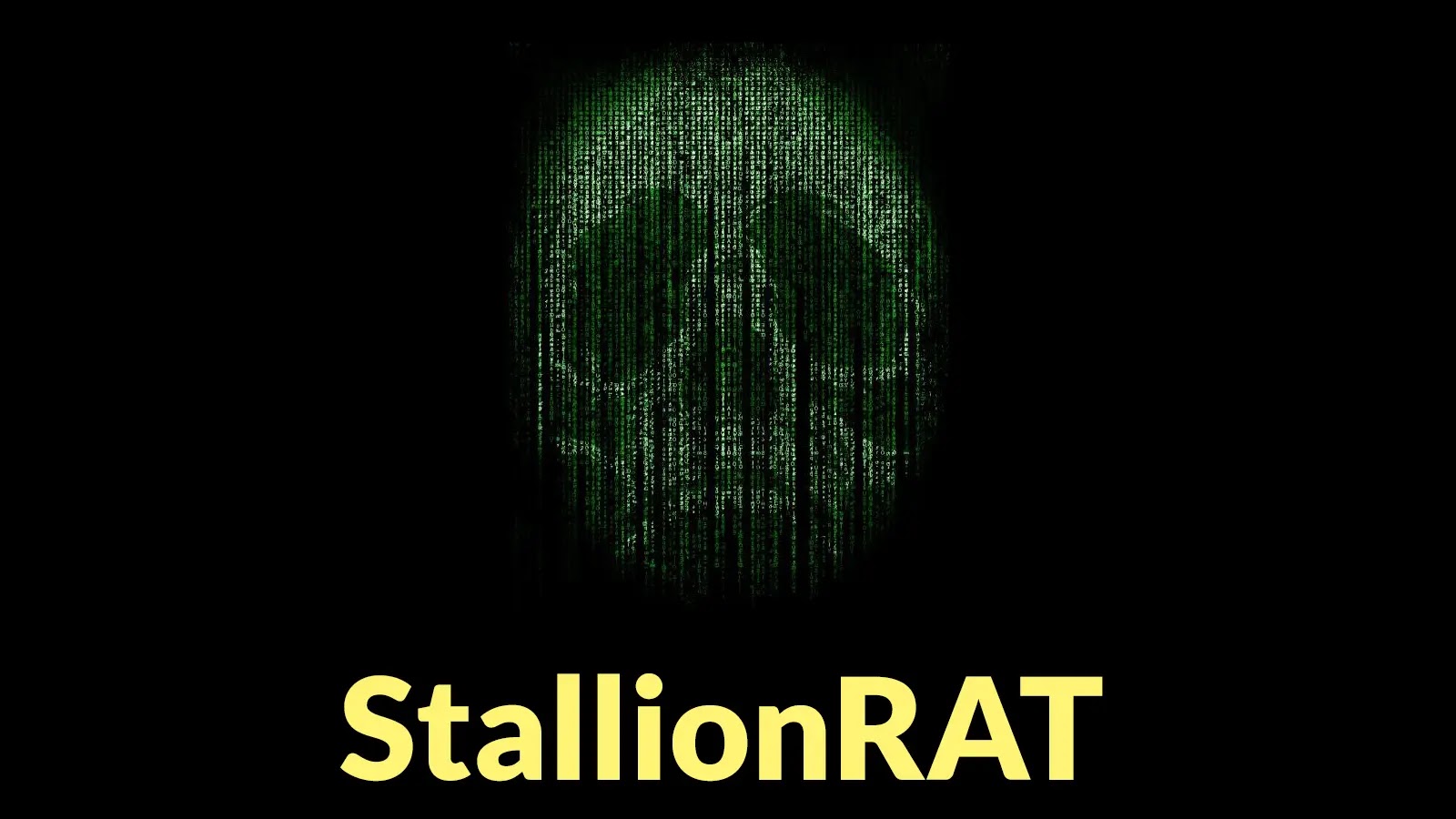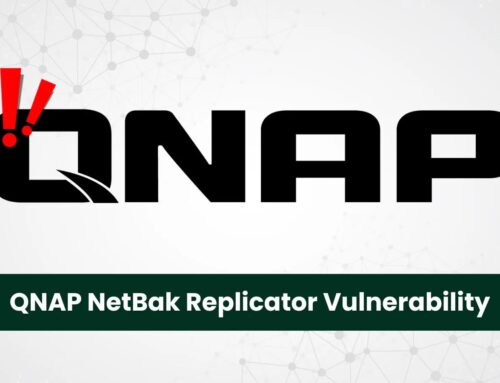
Threat Actors Pose as Government Officials to Attack Organizations with StallionRAT
In a world where digital threats evolve as rapidly as technology itself, a new and concerning campaign has come to light, directly impersonating government officials to devastating effect. This sophisticated operation, dubbed Cavalry Werewolf, is actively targeting crucial sectors, including government entities and critical infrastructure organizations across Russia and its bordering regions. The implications of such an attack, leveraging the trust associated with official communications, are profound, underscoring the urgent need for heightened vigilance and robust cybersecurity defenses.
This campaign leverages advanced social engineering tactics combined with bespoke malware to compromise targets. Understanding its methodology and key components is not just beneficial for security professionals but essential for protecting national digital assets.
The Cavalry Werewolf Campaign: A Closer Look
The Cavalry Werewolf campaign initiates its attacks through meticulously crafted phishing emails. These aren’t your typical spam; they are designed to appear as legitimate communications from officials within Kyrgyz government agencies. The precision in impersonation is a hallmark of this threat actor, aiming to bypass initial scrutiny and exploit the inherent trust recipients place in official correspondence.
The primary delivery mechanism for the malware is through malicious RAR archives attached to these emails. Once opened, these archives deploy a complex suite of custom tools, with a notable component being FoalShell. The overall objective is to establish a foothold within the target network, exfiltrate sensitive data, and potentially disrupt operations.
StallionRAT: The Core of the Attack
While the initial report doesn’t detail ‘StallionRAT’ specifically, it emphasizes a suite of custom tools. Given the context of the cyber news article’s title, it’s highly probable that a remote access Trojan (RAT) is a central element of this toolkit, used for persistent access and control. These RATs are designed to provide adversaries with comprehensive control over compromised systems, allowing for a wide range of malicious activities:
- Data Exfiltration: Stealing sensitive documents, intellectual property, and credentials.
- Lateral Movement: Spreading to other systems within the network.
- Espionage: Covertly monitoring user activities and communications.
- System Manipulation: Modifying configurations, installing additional malware, or sabotaging operations.
The use of custom tools like FoalShell suggests a sophisticated threat actor with specific capabilities tailored to their objectives, rather than relying solely on off-the-shelf malware. This enhances their stealth and evasion capabilities, making detection more challenging.
Target Profile and Geopolitical Context
The focus on government and critical infrastructure organizations in Russia and neighboring regions highlights a likely state-sponsored or geopolitically motivated threat actor. Attacks on critical infrastructure can have far-reaching consequences, impacting essential services, public safety, and national security. The impersonation of Kyrgyz government officials further points to a strategic deception, possibly aimed at creating distrust or sowing confusion within multi-national governmental communications.
Remediation Actions and Proactive Defenses
Defending against advanced persistent threats like Cavalry Werewolf requires a multi-layered security strategy. Here are actionable steps organizations can take:
- Enhanced Email Security: Implement advanced email filtering solutions that can detect and block sophisticated phishing attempts, including those impersonating trusted entities. Employ DMARC, DKIM, and SPF records to prevent email spoofing.
- Security Awareness Training: Regularly train employees, especially those in high-value roles, on identifying phishing attempts, even highly convincing ones. Emphasize checking sender authenticity and scrutinizing attachments.
- Endpoint Detection and Response (EDR): Deploy EDR solutions to monitor endpoints for suspicious activities, detect malware like FoalShell and potential RATs, and enable rapid response to incidents.
- Network Segmentation: Segment networks to limit lateral movement in case of a breach. Isolate critical systems to minimize the impact of a successful attack.
- Principle of Least Privilege: Enforce the principle of least privilege for all users and systems, restricting access rights to only what is necessary for their function.
- Regular Patch Management: Keep all operating systems, applications, and security software up to date to patch known vulnerabilities. While custom malware might not exploit CVEs directly, unpatched systems offer easier entry points.
- Incident Response Plan: Develop and regularly test a comprehensive incident response plan to ensure a swift and effective reaction to security breaches.
- Threat Intelligence Sharing: Participate in threat intelligence sharing communities to stay informed about emerging threats and attack methodologies.
Tools for Detection and Mitigation
Implementing the right security tools is crucial for both preventing and responding to sophisticated attacks. Here’s a selection of tool types relevant to combating threats like Cavalry Werewolf:
| Tool Category | Purpose | Example Tools (Representative) |
|---|---|---|
| Email Security Gateway | Advanced phishing detection, malware scanning in attachments, sender authentication. | Proofpoint, Mimecast, Microsoft Defender for Office 365 |
| Endpoint Detection & Response (EDR) | Real-time monitoring of endpoint activities, threat detection, incident response capabilities. | CrowdStrike Falcon, SentinelOne, Microsoft Defender for Endpoint |
| Security Information & Event Management (SIEM) | Log aggregation and analysis, correlation of security events for threat detection. | Splunk, IBM QRadar, Elastic SIEM |
| Network Detection & Response (NDR) | Monitoring network traffic for anomalous behavior, detecting command and control (C2) communications. | Vectra AI, Darktrace, Extrahop |
| Threat Intelligence Platforms (TIP) | Aggregating and consolidating threat intelligence from various sources, providing context to threats. | Anomali ThreatStream, ThreatConnect, Recorded Future |
Conclusion
The Cavalry Werewolf campaign serves as a stark reminder of the persistent and evolving nature of cyber threats. By impersonating government officials and deploying custom malware like FoalShell and potentially a RAT, adversaries aim to exploit trust and gain access to highly sensitive environments. Organizations, particularly those in government and critical infrastructure sectors, must prioritize robust cybersecurity measures, including advanced email security, rigorous employee training, and sophisticated endpoint protection. Staying informed and proactive is paramount to defending against such calculated and high-impact cyber espionage.





